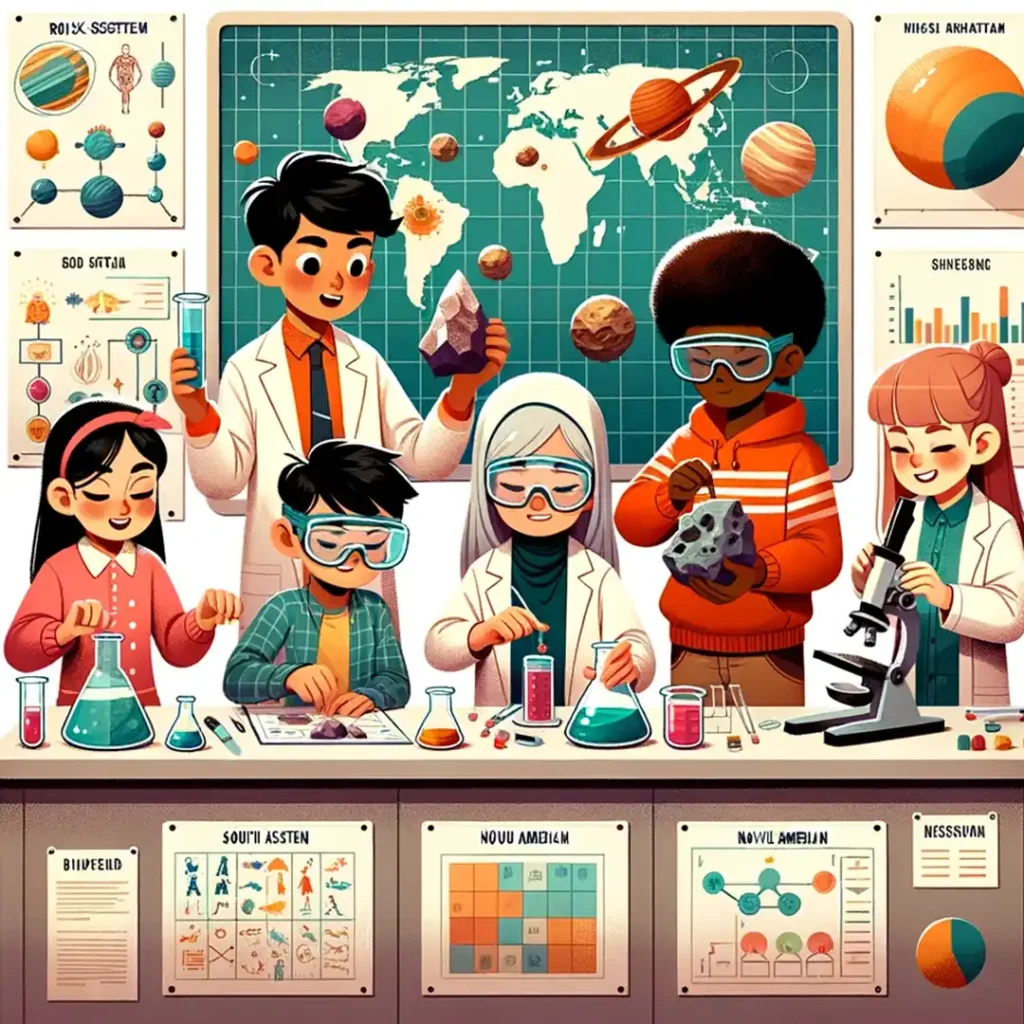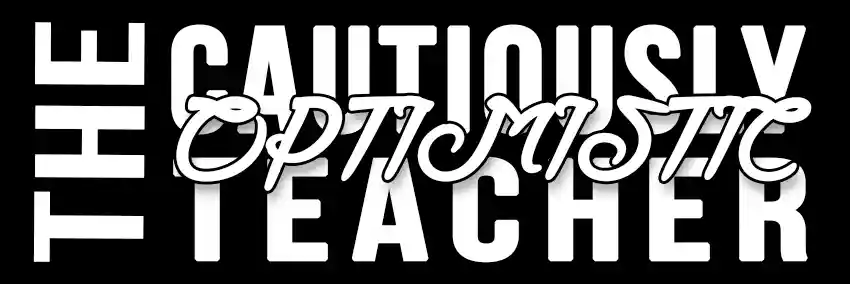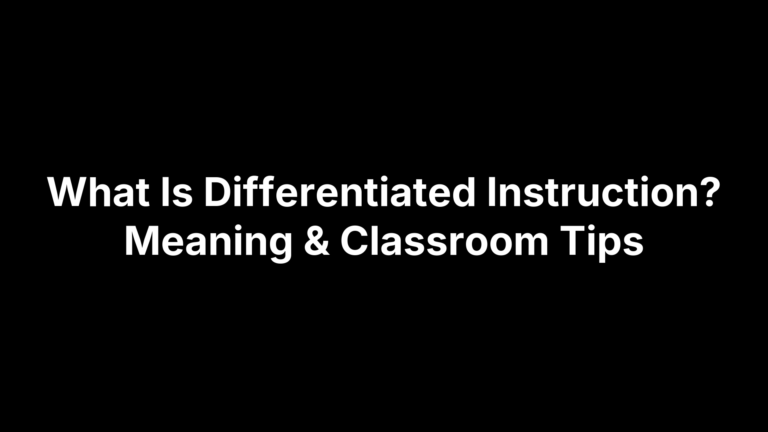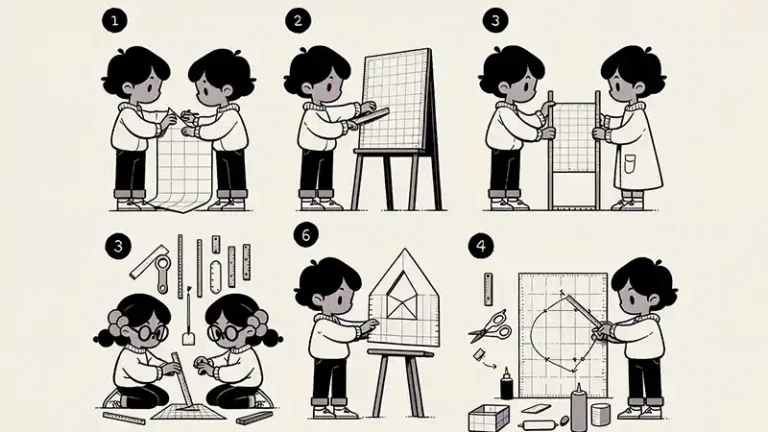Benefits of Differentiated Instruction in Science Education
In my years of pedagogical exploration, I’ve come to realize that teaching is not a one-size-fits-all endeavor. Just as a botanist revels in the diversity of plant species, we educators should celebrate the unique strengths, interests, and backgrounds of our students. This understanding leads me to champion differentiated instruction, especially within the captivating realm of science education.
The essence of differentiated instruction lies not just in recognizing student differences but in planning instruction around these differences. And in a subject as dynamic and multifaceted as science, the importance of personalizing learning cannot be overstated. By catering to individual needs and preferences, we make science more accessible, relatable, and thrilling for our students.
Understanding Differentiated Instruction
So, what exactly do we mean by differentiated instruction? At its core, differentiated instruction is a teaching philosophy that advocates for tailoring instruction to meet individual student needs. It operates on the fundamental principle that every student learns differently. Hence, our instruction should be as diverse as our learners, adapting in content, process, and product based on students’ readiness levels, interests, and learning profiles.
Tracing back through the annals of educational history, differentiation isn’t a novel idea. However, its formal recognition and systematic application have gained traction over the past few decades. The works of educational theorists like Howard Gardner, with his theory of multiple intelligences, and Lev Vygotsky, with the Zone of Proximal Development, laid foundational ideas emphasizing the need for personalized instruction. Over time, as classrooms became more diverse and the demands of the curriculum more complex, the strategies of differentiated instruction evolved, transforming into the comprehensive approach that many of us appreciate and employ today.
In the vast and intricate world of science education, where concepts range from the microscopic intricacies of cells to the vast expanse of the universe, differentiated instruction finds a special place. It allows us, the educators, to weave a tapestry of learning experiences that resonate with each student. Through this approach, we do not just teach science; we make scientists out of our students, sparking curiosity, and nurturing individual paths of discovery.
The Need for Differentiation in Science Instruction

The world of science, with its vastness and intricacy, is like an endless ocean, teeming with mysteries waiting to be unraveled. As educators, our role is to help our students navigate this ocean, ensuring they develop not only the knowledge but also the passion to delve deeper. This journey, however, is not linear. With each student bringing a unique set of experiences, interests, and learning styles, the path to scientific understanding varies considerably. Herein lies the indispensable need for differentiation in science instruction.
Addressing Diverse Learning Styles in the Science Classroom
The beauty of the human mind is its diversity. From visual learners who grasp concepts best through diagrams and illustrations to kinesthetic learners who thrive with hands-on experiments, the spectrum of learning styles is vast. Science, with its multifaceted nature, offers a unique opportunity to cater to this diversity. Imagine teaching photosynthesis solely through a lecture; how many budding botanists might we lose in the process? But by incorporating varied teaching strategies – diagrams, animations, hands-on plant examinations, or even role-playing activities – we ensure that the topic becomes accessible and engaging for everyone. Differentiated instruction recognizes and celebrates these individual learning styles, ensuring that no student is left behind in the journey of scientific discovery.
The Ever-Evolving Nature of Science and Its Concepts
Science is not static. With every passing moment, new discoveries are made, theories are refined, and our understanding of the universe expands. The subject’s dynamic nature means that today’s groundbreaking discovery could be tomorrow’s standard textbook content. As educators, we must foster an environment of adaptability and lifelong learning. Differentiated instruction aids in this mission by allowing us to introduce current scientific developments at varied complexity levels. For instance, while one student might be ready to explore the intricacies of quantum mechanics, another might be laying the foundational understanding of atomic structures. By tailoring our instruction, we ensure that each student remains engaged, challenged, and enthralled, no matter where they are in their scientific journey.
Major Benefits of Differentiated Instruction in Science
The canvas of science education is vast and diverse, much like the students who sit in our classrooms. In tapping into the power of differentiated instruction, we are not only acknowledging the diversity of our students but actively leveraging it for better learning outcomes. Here’s a deep dive into the profound benefits that arise when we adopt a differentiated approach in science teaching.
Engaging Diverse Learners
Catering to Multiple Intelligences:
Not all minds think alike. Gardner’s theory of multiple intelligences reminds us that our students may possess strengths in different areas, from logical-mathematical to bodily-kinesthetic. Differentiated instruction in science caters to these varied intelligences. While some students might excel in analyzing data and formulating hypotheses, others might shine when given the chance to enact a science concept or create a visual representation. By offering diverse avenues of learning, we ensure that every student finds their unique spark of engagement.
Personalized Learning Paths for Varied Proficiency Levels:
In any classroom, there exists a spectrum of proficiency. Some students might grapple with fundamental concepts, while others are ready for more advanced explorations. Differentiated instruction allows us to tailor learning paths suited to each proficiency level. Instead of a uniform lesson plan, we can offer layered assignments, ensuring that every student is challenged just enough to stay engaged without feeling overwhelmed.
Improved Student Understanding and Retention
Tailoring Lessons to Individual Needs Boosts Comprehension:
When instruction aligns with a student’s learning style and readiness level, comprehension is naturally enhanced. Differentiated lessons, tailored to individual needs, ensure that complex science topics are broken down in ways that resonate most with each student, leading to deeper understanding.
Real-World Applications and Hands-On Activities:
Science is not just about theories but about understanding the world around us. Differentiated instruction often incorporates real-world applications and hands-on activities tailored to various learning preferences, ensuring that students see the relevance of what they’re learning. This not only boosts retention but also fosters a genuine passion for the subject.
Enhanced Classroom Participation and Interaction
Students Feel Heard and Understood, Fostering Participation:
When students realize that their learning preferences are being acknowledged, they naturally feel more invested in the classroom. This sense of belonging and understanding fosters greater participation, with students more willing to ask questions, share insights, and engage in classroom discussions.
Peer Collaboration and Group Dynamics in Differentiated Settings:
Differentiated instruction often involves group activities tailored to varied learning styles and proficiency levels. This promotes rich peer collaborations where students learn from one another, challenge each other, and experience the dynamics of diverse group interactions.
Flexibility in Assessment and Evaluation
Varied Assessment Methods Gauge True Understanding:
Relying solely on traditional tests might not capture a student’s holistic understanding of a topic. Differentiated instruction encourages varied assessment methods, from projects and presentations to hands-on experiments, ensuring a more comprehensive evaluation of a student’s grasp on the subject.
Immediate Feedback for Targeted Improvement:
With differentiated instruction, feedback becomes more tailored and immediate. Teachers can pinpoint areas of improvement for each student and provide targeted suggestions, ensuring that learning gaps are addressed promptly.
Challenges and Overcoming Them

While the benefits of differentiated instruction in science are profound, the journey to its effective implementation is not without challenges. Recognizing these potential obstacles and devising strategies to navigate them is crucial for any educator committed to the cause.
Potential Obstacles in Implementing Differentiation:
Resource Constraints: Time, classroom materials, and even access to technology can often pose challenges. With the varied needs of students, it might seem daunting to create individualized lesson plans within limited resources.
Large Class Sizes: When faced with a large number of students, the prospect of personalizing learning for each one might seem overwhelming.
Determining Individual Needs: With the dynamic nature of classrooms, accurately pinpointing each student’s needs, preferences, and readiness levels can be complex.
Resistance to Change: Both educators, accustomed to traditional teaching methods, and students, set in their learning routines, might initially resist the shift to differentiated instruction.
Best Practices and Strategies for Effective Differentiation:
Start Small: Rather than overhauling the entire curriculum, begin by differentiating a single lesson or unit. Gradually incorporate differentiation as you gain more confidence and see its benefits in action.
Leverage Technology: There are numerous digital tools and platforms available today that can aid in creating personalized learning paths, offering diverse resources, and even automating some aspects of differentiation.
Continuous Feedback and Assessment: Regularly assess student progress and seek feedback. This not only helps in refining your differentiation strategies but also keeps the learning process dynamic and responsive.
Collaborate with Peers: Share strategies, resources, and insights with fellow educators. Pooling collective wisdom can offer new perspectives and solutions to challenges faced.
Foster a Growth Mindset: Encourage both yourself and your students to embrace the journey of differentiated learning. Celebrate successes, learn from challenges, and always remain open to adaptability and growth.
Conclusion
The landscape of education is ever-evolving, and as educators, it’s our responsibility to ensure our teaching methods evolve in tandem. Differentiated instruction in science is more than just a strategy; it’s a testament to our commitment to every student’s unique learning journey. The process might be demanding, and the path occasionally riddled with challenges, but the rewards—seeing each student flourish, witnessing their “aha!” moments, and fostering a genuine love for science—make every effort worthwhile.
I urge my fellow educators: Embrace the ethos of differentiation. Recognize its unmatched potential and make the conscious effort to implement it in your science classrooms. By doing so, we aren’t just teaching facts and theories; we’re molding the scientists, innovators, and thinkers of tomorrow. Let’s champion an education that acknowledges, celebrates, and thrives on the diversity of our students.







